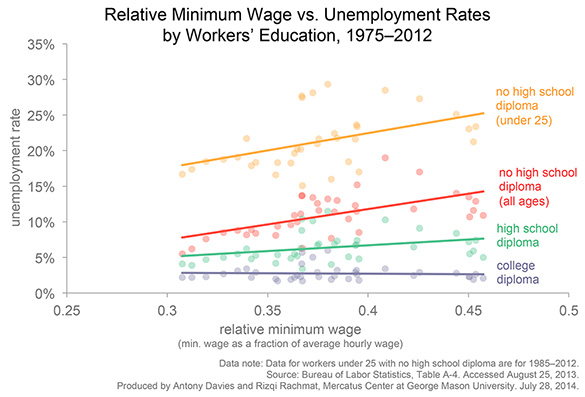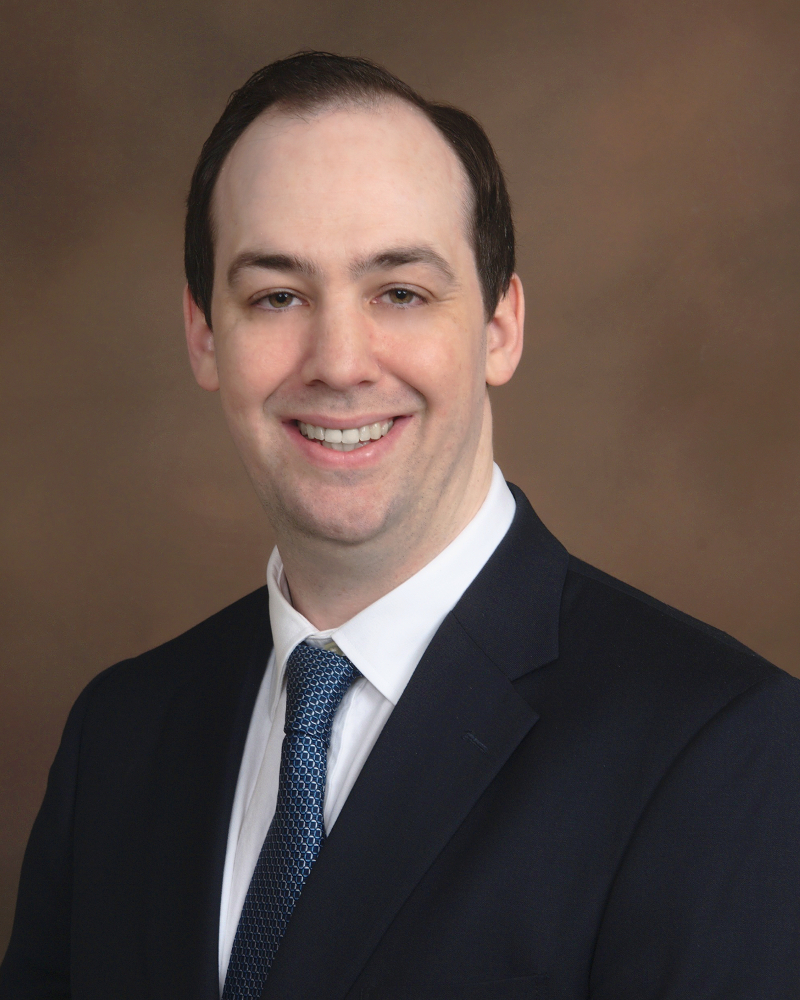No, The World Is Not Running Out of Chocolate
Written by Brian Garst, Posted in Free Markets
A Washington Post headline blares “The world’s biggest chocolate-maker says we’re running out of chocolate.” No such thing is happening, but this is a good opportunity to talk about prices and how they work.
First, the story. It begins hysterically:
There’s no easy way to say this: You’re eating too much chocolate, all of you. And it’s getting so out of hand that the world could be headed towards a potentially disastrous (if you love chocolate) scenario if it doesn’t stop.
Indeed, there are reasons to believe that supply is decreasing:
Chocolate deficits, whereby farmers produce less cocoa than the world eats, are becoming the norm. Already, we are in the midst of what could be the longest streak of consecutive chocolate deficits in more than 50 years. It also looks like deficits aren’t just carrying over from year-to-year—the industry expects them to grow. Last year, the world ate roughly 70,000 metric tons more cocoa than it produced. By 2020, the two chocolate-makers warn that that number could swell to 1 million metric tons, a more than 14-fold increase; by 2030, they think the deficit could reach 2 million metric tons.
The problem is, for one, a supply issue. Dry weather in West Africa (specifically in the Ivory Coast and Ghana, where more than 70 percent of the world’s cocoa is produced) has greatly decreased production in the region. A nasty fungal disease known as frosty pod hasn’t helped either. The International Cocoa Organization estimates it has wiped out between 30 percent and 40 percent of global cocoa production. Because of all this, cocoa farming has proven a particularly tough business, and many farmers have shifted to more profitable crops, like corn, as a result.
So they’re on to something, right? Seems “disastrous” indeed! Not so fast.
The article presumes that demand exists in a vacuum and is entirely divorced from prices. Current demand is simply a reflection of how much chocolate we want to eat, the thinking goes, and therefore reduction in supply means that some will go without. The horror!
The reality is far more mundane. Demand is actually very price dependent, and cannot be interchanged with desire. People have always desired more chocolate than is produced, just not at the actual price of chocolate. Consider this thought experiment: how much chocolate would people eat if the cost were zero? Surely, a lot more than they do now. It would make little sense to claim chocolate to be running out in this scenario, though, seeing as how it is constantly being produced, though some would have trouble acquiring it. That’s because it would be under-priced.
What happens in reality is that prices reflect demand vis a vis supply, such that an equilibrium price develops where the demand from willing buyers equals the supply from willing sellers. Some of the people who would eat chocolate at zero cost would not do so at $1, and more would not do so at $5, or $10, etc. In other words, the fact that more chocolate is being eaten than produced simply means that the current price is below the equilibrium price. Price increases would cause demand to decline and, if increased enough, entirely end the “deficit” caused by over consumption.
Prices don’t just influence consumers. Higher prices would encourage production of more cocoa, as well as efforts to find new and cheaper ways to do so. In fact, the Post article acknowledges later on, where after the initial emotional blitz the author becomes more sober in his analysis, that these forces are already coming to bear:
Efforts to counter the growing imbalance between the amount of chocolate the world wants and the amount farmers can produce has inspired a bit of much needed innovation. Specifically, an agricultural research group in Central Africa is developing trees that can produce up to seven times the amount of beans traditional cocoa trees can.
In other words, it’s just run of the mill market forces at work. There’s no cause for panic. Chocolate is not going anywhere, though it might cost you a little bit more for a while.

 I serve as Vice President of the Center for Freedom and Prosperity, a non-profit think tank dedicated to preserving tax competition and free markets. This site features my personal views, which are not reflective of CF&P.
I serve as Vice President of the Center for Freedom and Prosperity, a non-profit think tank dedicated to preserving tax competition and free markets. This site features my personal views, which are not reflective of CF&P.